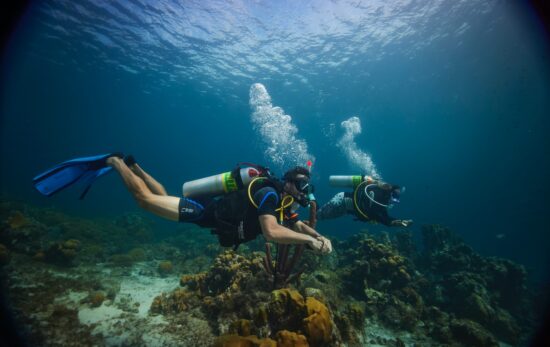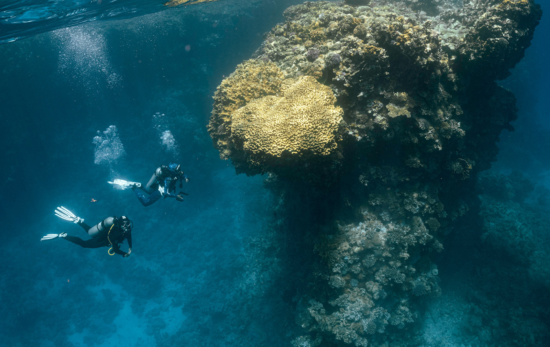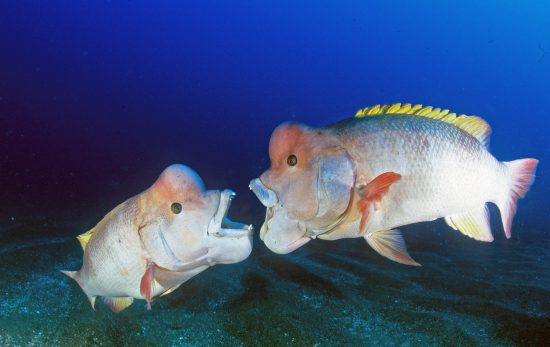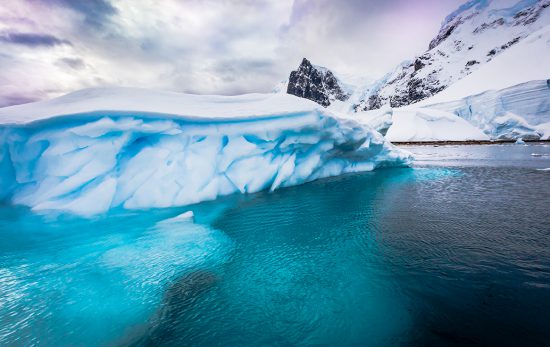Diving in a dry suit helps you enjoy longer, more comfortable dives. As a dry suit diver, you’ll be able to dive more places, more often – including some of the world’s best dive sites, Scapa Flow, Silfra Crack and The Sunshine Coast, just to name a few.
Why You Need a Dry Suit Certification to Dive Dry
Before you became a certified diver, you may have wondered, “why do you need a license to go scuba diving?” At some point during your Open Water Diver course®, you likely saw the value of learning how to prevent and manage problems and the benefits of practicing basic skills in a pool. It’s the same for dry suit diving – but the course is considerably shorter, just one or two days.
A dry suit keeps you warm by keeping you dry (water conducts heat away from the body 20- 27 times faster than air). What most divers don’t consider is how the bubble of air keeping you warm behaves during the dive. For example, if you tip forward to look at something, the air will move to your feet, which can lead to a rapid feet-first ascent.
The PADI® Dry Suit Diver Specialty course can be completed in as little as one day and teaches you essential dry suit safety skills. During two dives and one pool session, you’ll learn:
- How to get in and out of a dry suit with minimal assistance
- Buoyancy control using your dry suit
- How much weight you need and where
- Dry suit safety procedures
- How to avoid and escape feet-first buoyant ascents
- How to maintain your dry suit (with proper care, some dry suits can last 10 years or more)
You also need a dry suit certification to rent a dry suit, and dry suit training will be part of the conversation if you try to buy one. Can you buy or borrow a dry suit without training? Maybe, but why put yourself at risk for a serious accident?
Below are a few essential skills dry suit divers must learn and practice. All of these are covered in the PADI Dry Suit Diver Specialty course.
Venting the drysuit – Most dry suits vent from an exhaust valve on the upper arm, and it takes a bit of practice to learn how to manage, move and efficiently release air. Failing to vent quickly enough can lead to a rapid ascent and serious injury.
Disconnecting the inflator – Though rare, it’s possible for the inflator to get stuck and turn you into an underwater balloon. The situation is often made worse when an untrained diver can’t disconnect the hose because they’re wearing thick gloves.
Finding and connecting a pressurized inflator hose – Forgetting to connect the inflator hose before descending will cause uncomfortable suit squeeze and, if not corrected, can be immobilizing. By practicing how to connect a pressurized inflator hose, you can avoid finding out how it feels to be shrink-wrapped by your dry suit.
Dry suit diving takes time to master, but with expert tips and guidance from a PADI Instructor, you’ll avoid common problems and potential hazards. Your dry suit certification also counts towards your Advanced Open Water Diver certification and Master Scuba Diver™rating. In some areas, you can also earn college credit.
Contact a PADI Dive Center for more information on how to get started with dry suit diving. Learn more about different types of dry suits, in our dry suit buyer’s guide.





